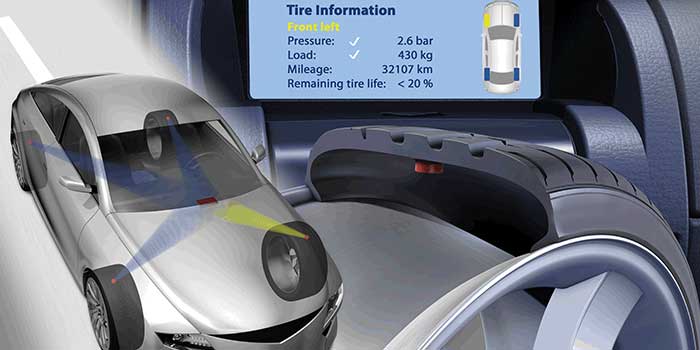The recently announced Candle subsea cable is remarkably similar to the almost finished Apricot system. Both serve Southeast Asia. Although Candle does traverse the South China Sea unlike Apricot, it does remains outside of Chinese claimed waters. In each case the design reflects fear of China. But whereas Apricot is a 12 fibre system, Candle will have 24 fibre pairs with a design capacity of a half petabit per second. Candle will be the highest capacity system to ever serve Southeast Asia. This project is very challenging because it must hug the shallow Indonesian coast to avoid being subject to Chinese permitting authority and harassment. In such shallow waters deep burial is a must to avoid frequent outages due to shipping and fishing. Burial is expensive and time consuming.
Candle reflects the new reality. Avoiding Chinese landings is a top priority for security reasons because Chinese cable ownership means shared network control. Moreover, many projects like SJC2 were held up for years by the heavy hand of Beijing regulatory authorities. Candle also reflects the trend towards high fibre count cables as carriers become more comfortable with spatial division multiplexing. NEC is the project vendor.
META is the lead consortium member with Softbank, Telekom Malaysia, XLSmart (Indonesian mobile provider), and IPS as partners in the project. IPS is building a new secure government network in the Philippines; it will deploy a new cable landing station for the Candle cable. Candle will provide connectivity between Singapore, Malaysia, Indonesia, the Philippines, Taiwan, and Japan. An unusual feature of the route is that it cuts through the Philippines to reach the country's East coast. It is a risky move. Philippine waters are very shallow and busy with fishing, cargo, and ferries to move people. China has been bullying the Philippines so it is not surprising that the latter is putting as much distance as possible between its communication assets and mainland China. Candle continues the trend of American Tech Giants dominating subsea cable construction. RFS is scheduled for 2028.
Like Apricot, the system has two primary telecom virtues. One is very high capacity. The other is physical diversity. Almost all Southeast Asian cables traverse the South China Sea. Apricot and Candle probably reflect a long term trend of sacrificing latency for physical diversity and national security.
.png)




